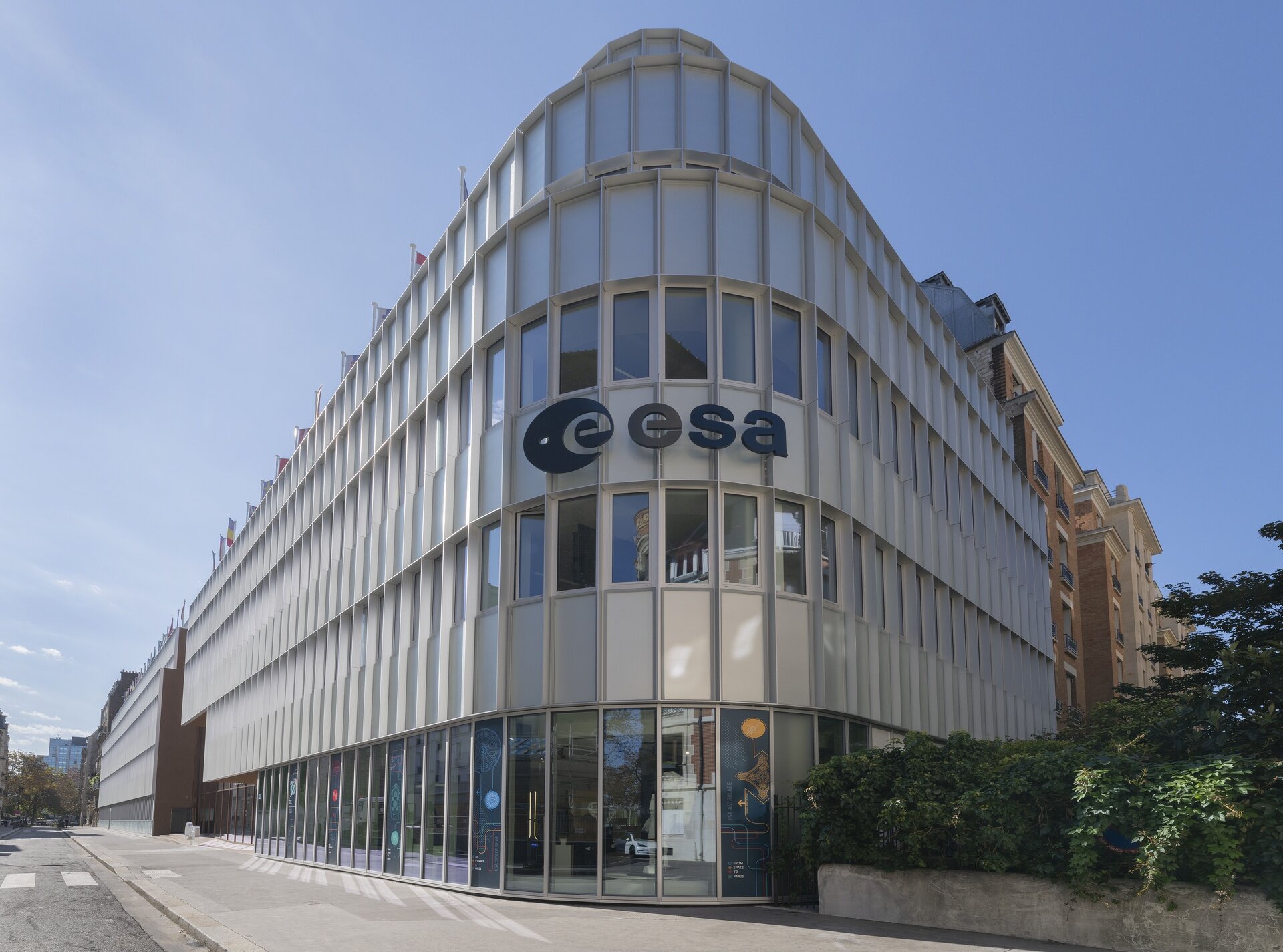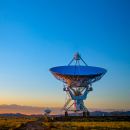
The Multiplying Effect of Astra and ESA’s “Mini-Fast” Call
The challenge launched by the Astra partnership goes beyond the experimental phase defined by the project itself. In fact, Astra is designed to pave the way for new opportunities in aerospace research.
It follows a logic similar to the National Recovery and Resilience Plan (PNRR), which funded the creation of the Vitality ecosystem and its Astra spoke: enabling new capabilities and skills that not only foster cutting-edge research but are also meant to grow and last independently over time.
This is the context in which a new opportunity is emerging around the Crystal Eye project, one of the main pillars of Astra’s first work package (WP1). The European Space Agency (ESA) has recently launched a call that fits this framework. “ESA regularly issues calls for proposals for future space missions, which vary depending on the type and size of the scientific instruments involved,” explains Ivan De Mitri, professor of experimental physics at the Gran Sasso Science Institute (GSSI) and head of WP1 in Astra.
Some missions are long-term and highly complex, with launches planned by 2040—GSSI itself is involved in several of them. But ESA also runs quicker, more focused initiatives known as “Mini-Fast” calls.
The Mini-Fast call is specifically designed for “agile,” low-cost scientific missions that can be developed and launched within five years. Its aim is to assess both the interest in and feasibility of new types of missions under ESA’s scientific program. “Mini-Fast is meant for innovative technologies that are already well-tested, so they can be ready to fly on a shorter timeline,” De Mitri says.
This is exactly where Crystal Eye fits in. Backed by a network of scientific and industrial institutions, the project is developing an advanced technological prototype that could eventually be launched into space. The Mini-Fast program offers up to €50 million in funding—over ten times more than the €4.1 million currently allocated to Crystal Eye. This would allow the project to evolve far beyond the prototype phase.
“The whole Astra journey has been essential to even apply for this call,” De Mitri emphasizes. “The funding allowed us to reach a level of readiness that would have been very hard to achieve otherwise. The costs involved in building the sensor, launching it, and operating it in orbit are extremely high. No single institution could handle them alone. The involvement of agencies like the Italian Space Agency or ESA is absolutely crucial.”
In short, international agencies play a key role in amplifying the impact of initiatives like Astra, generating a positive ripple effect within the Vitality ecosystem. “The ultimate goal isn’t just to launch a space mission,” concludes De Mitri, “but to build a system that keeps producing innovation well beyond any single project.”
ESA will announce the results of the Mini-Fast call next autumn. If selected, Crystal Eye will be ready to move forward on its own—powered by the momentum created by Astra.

